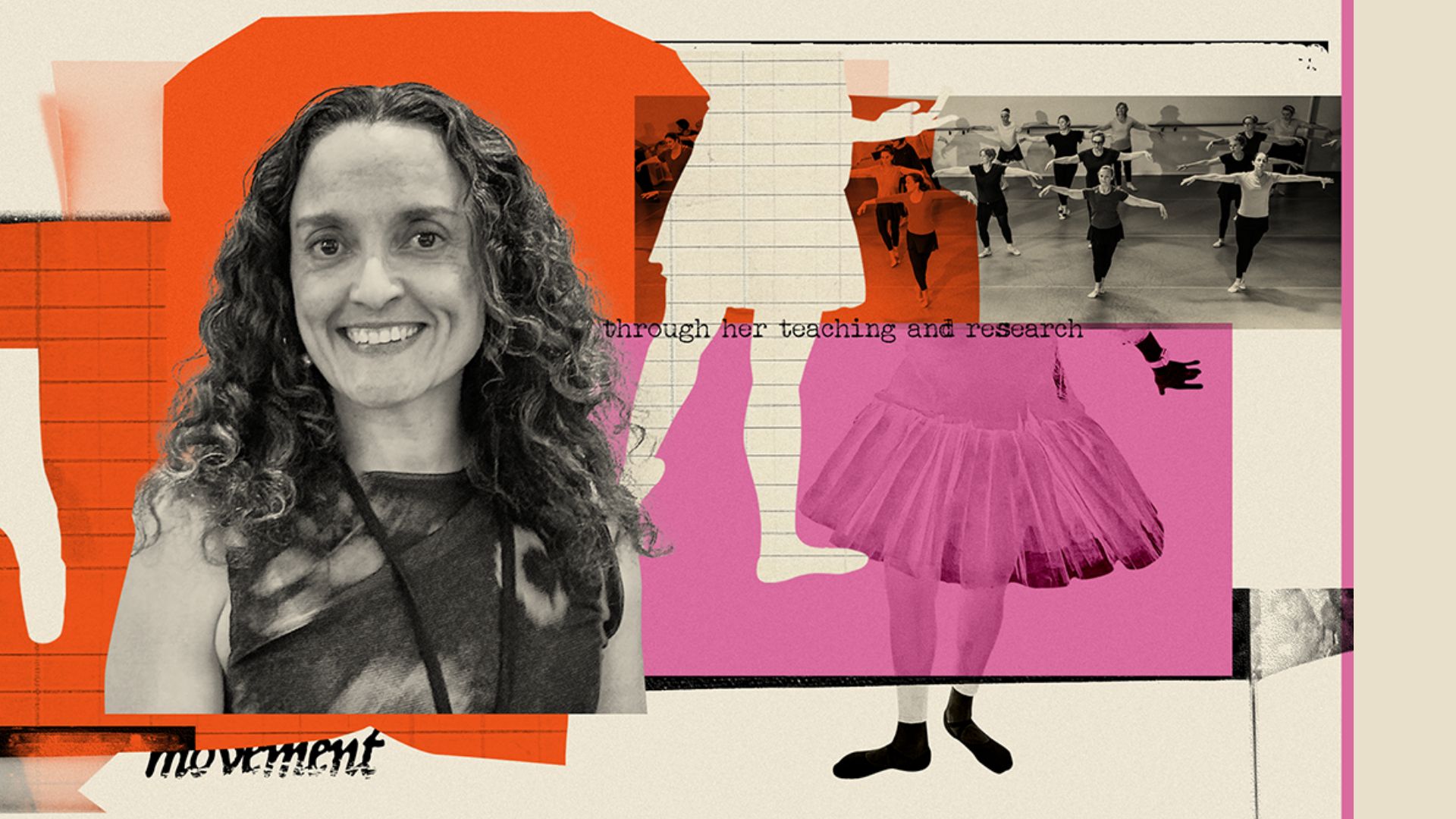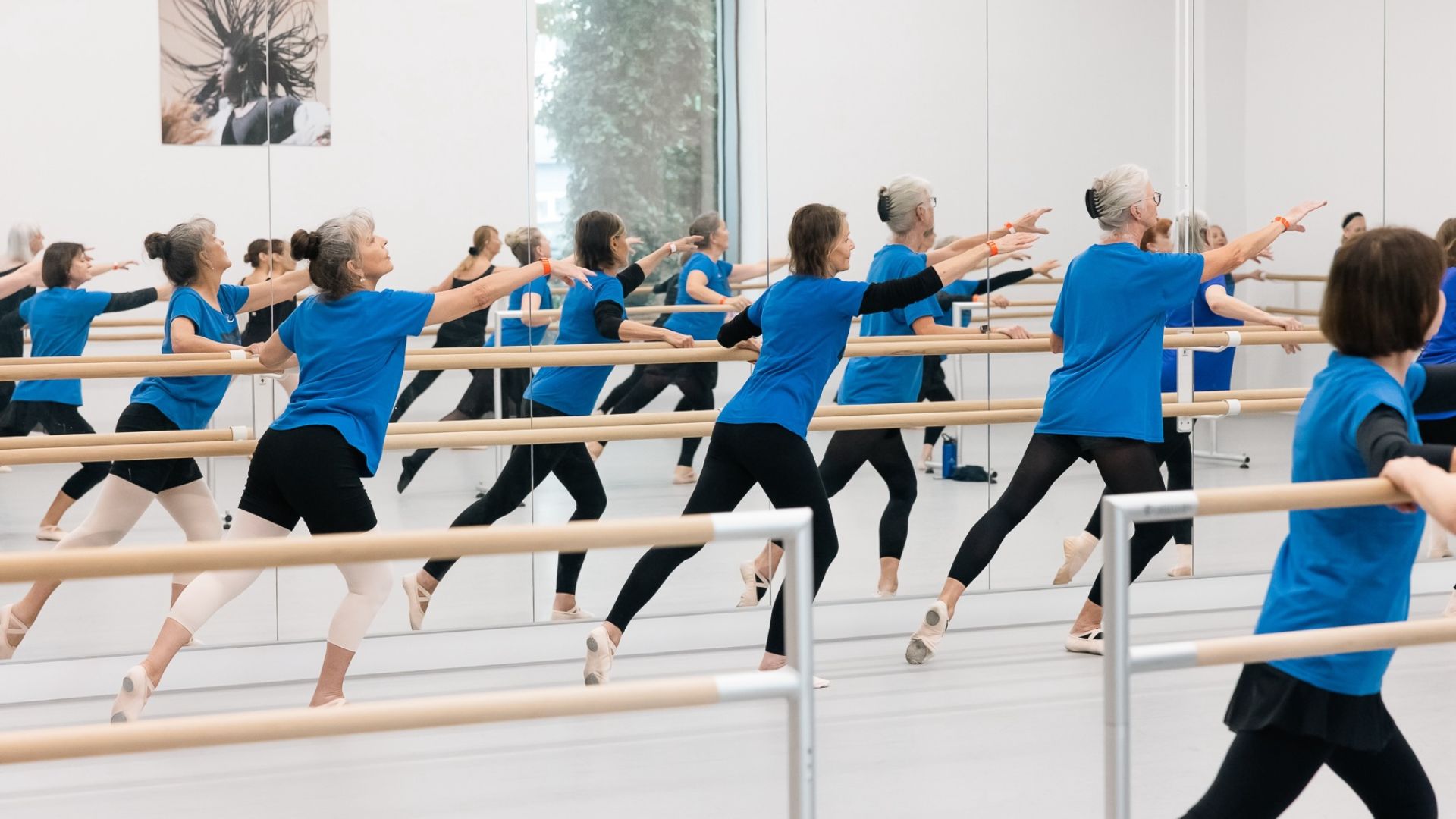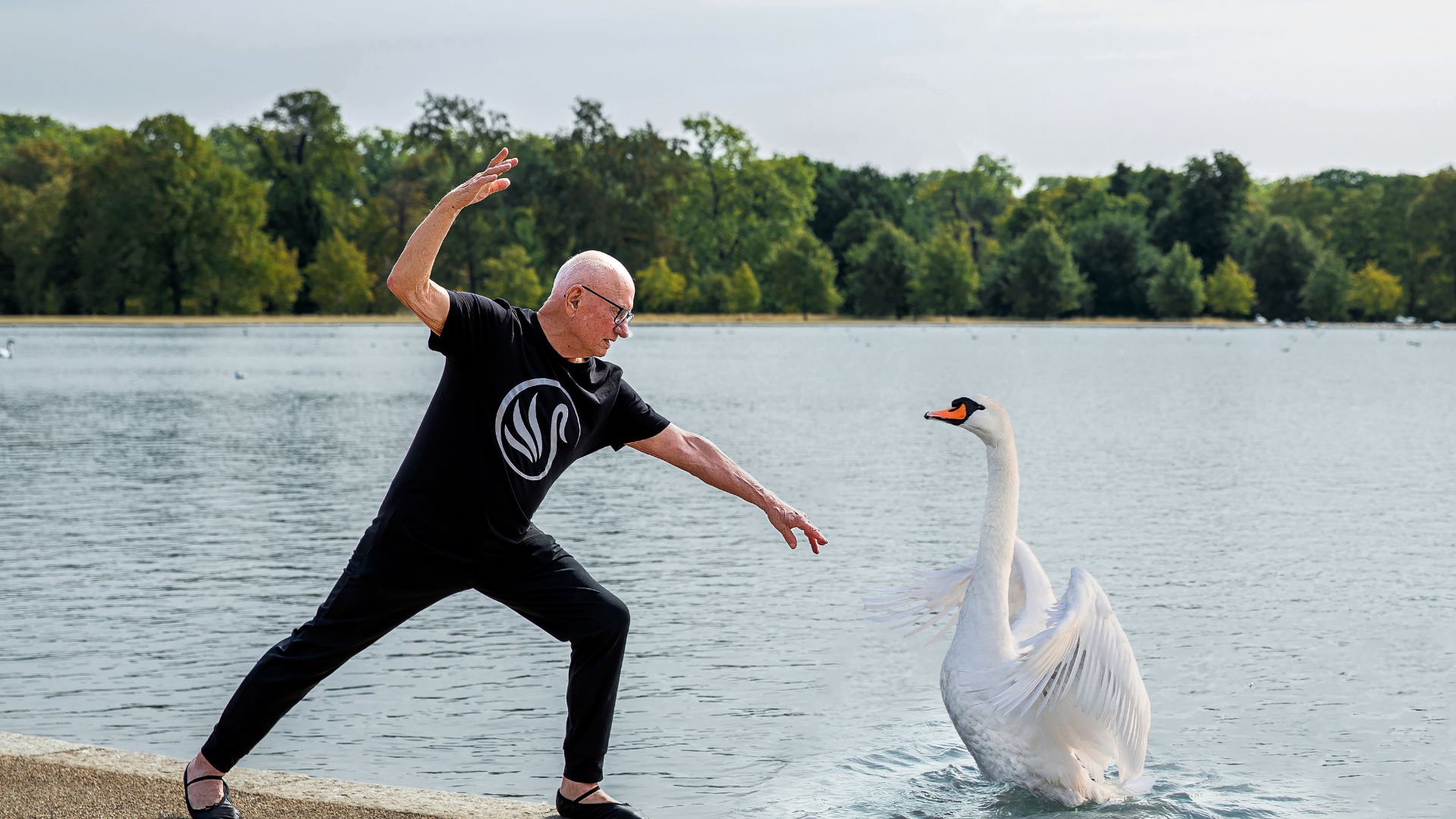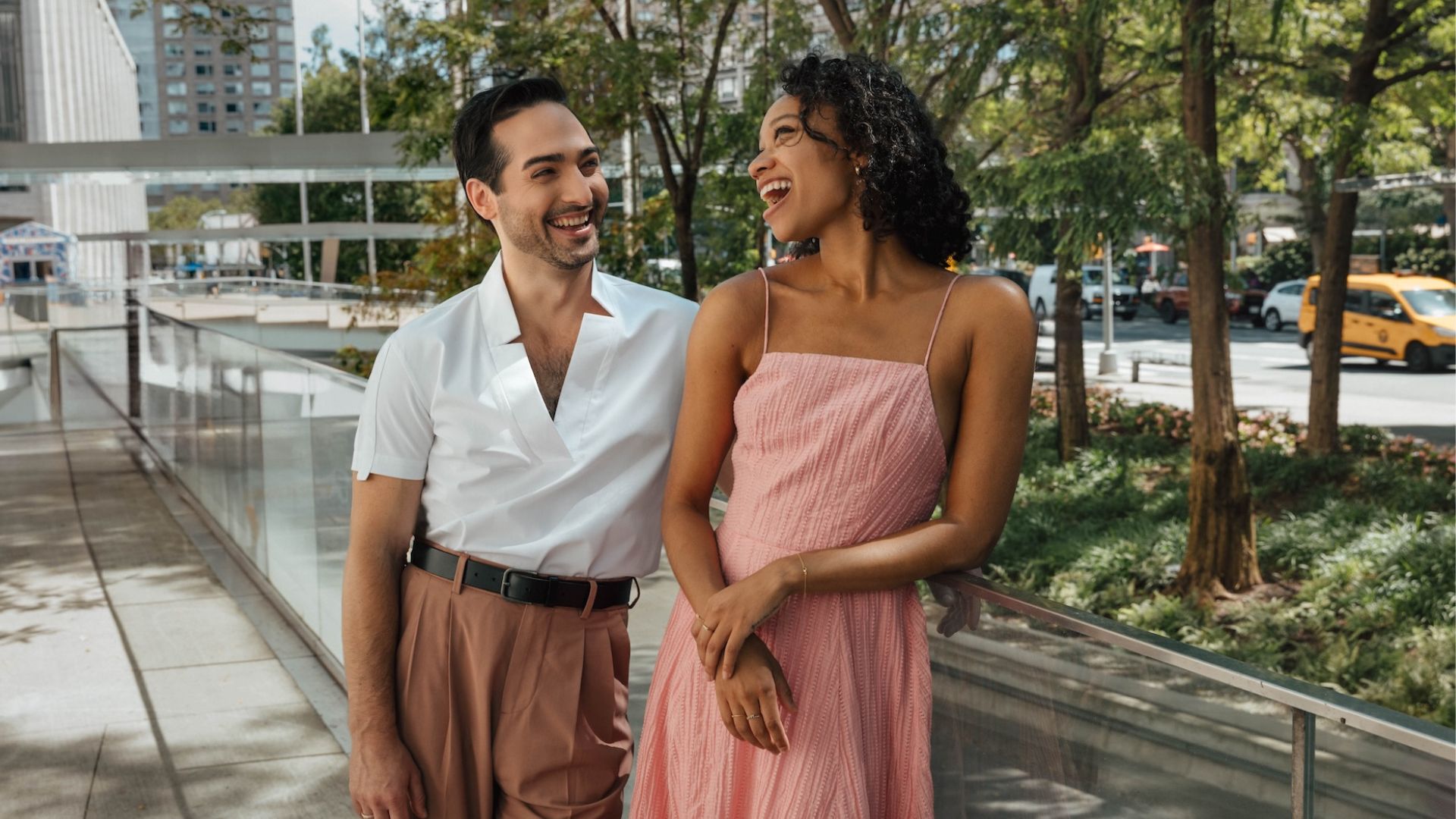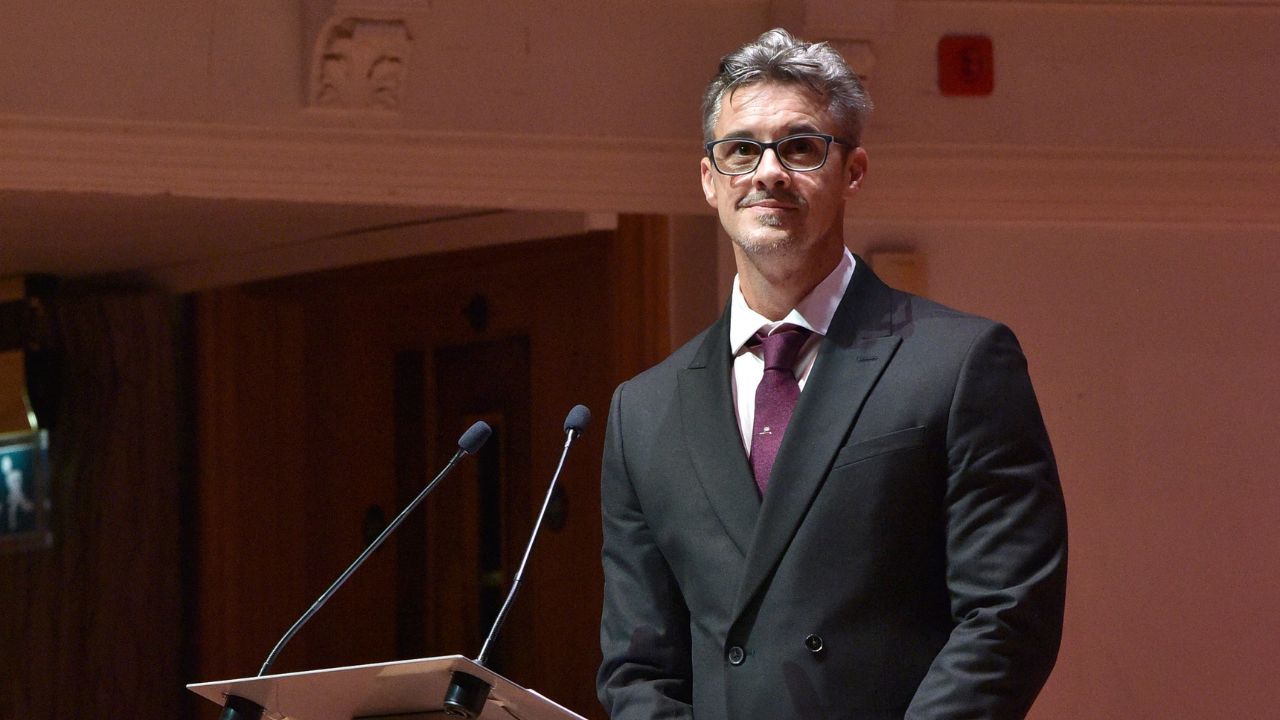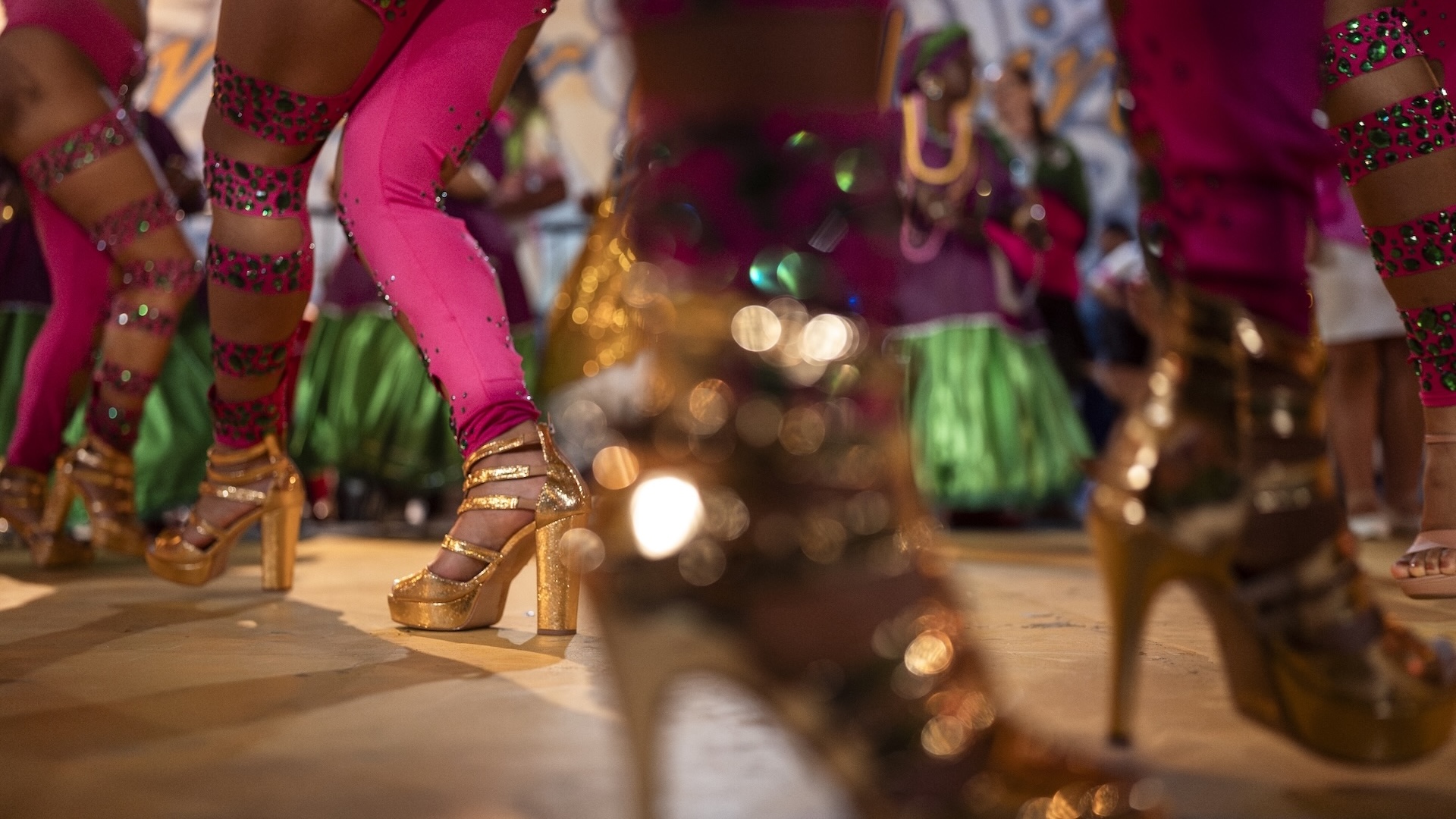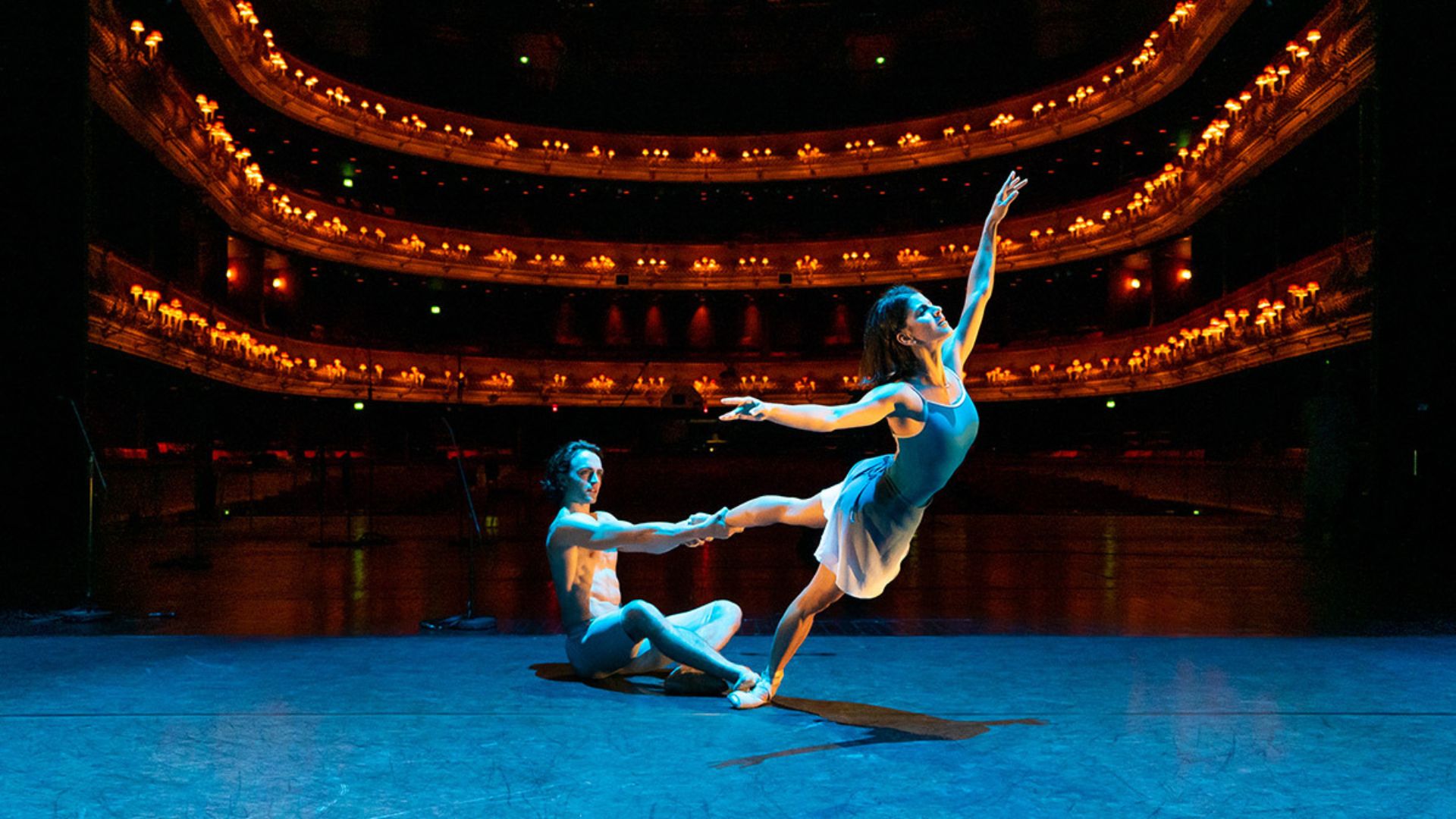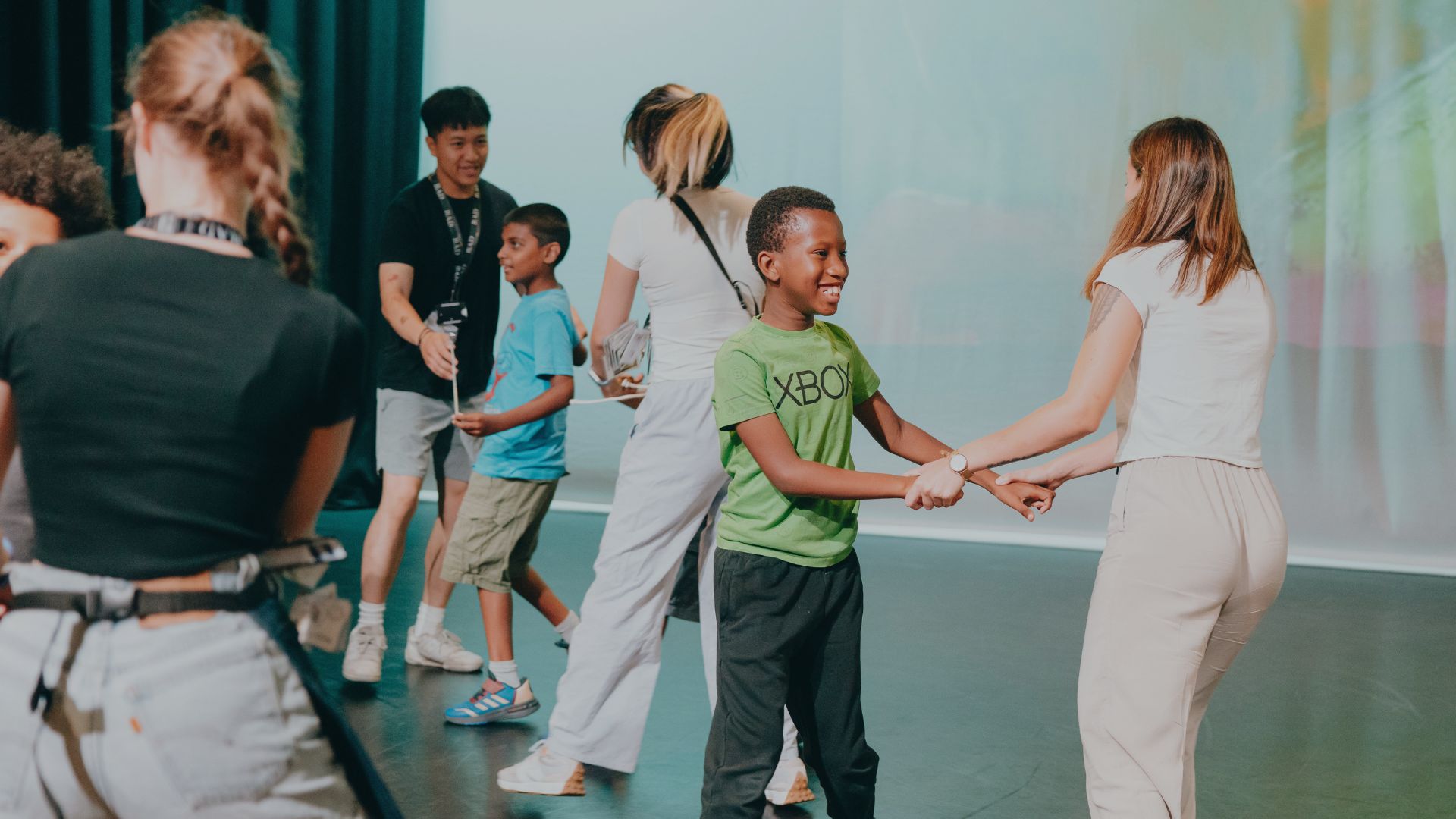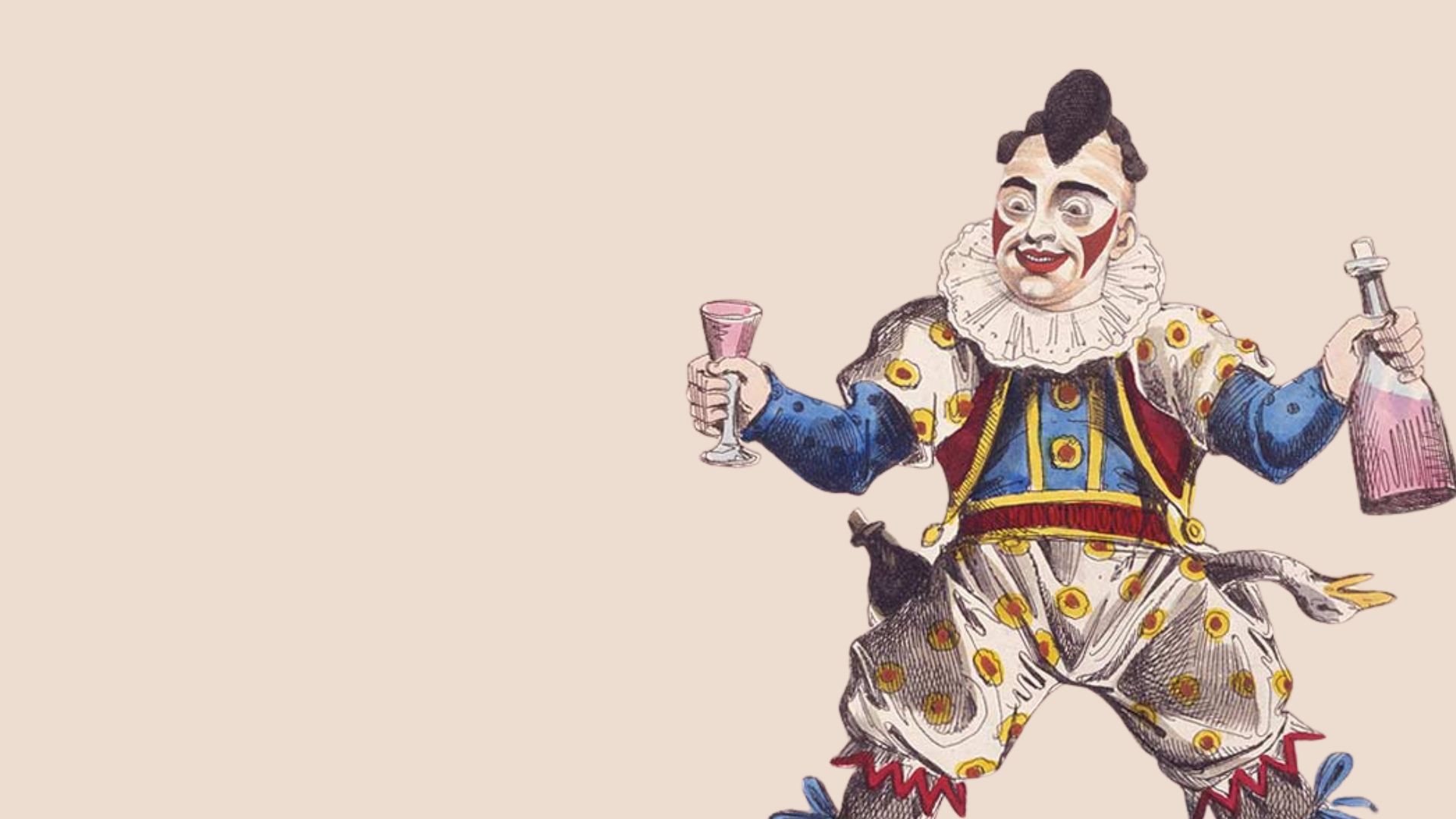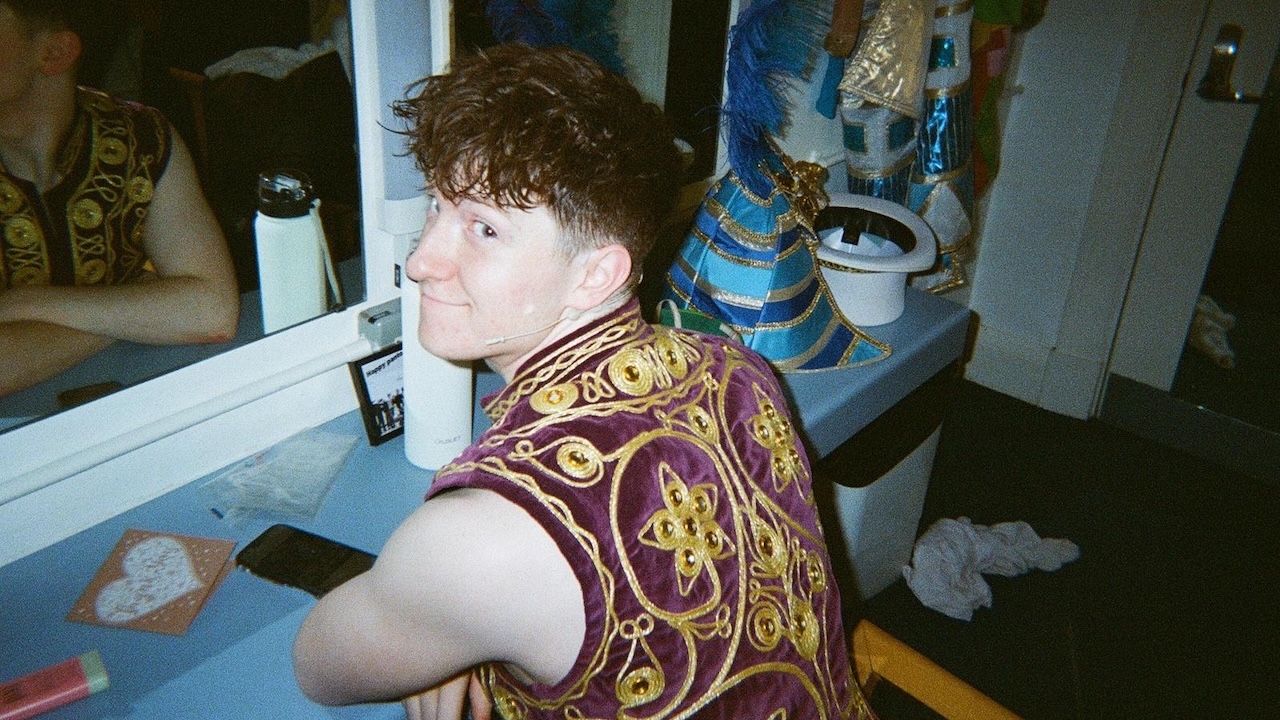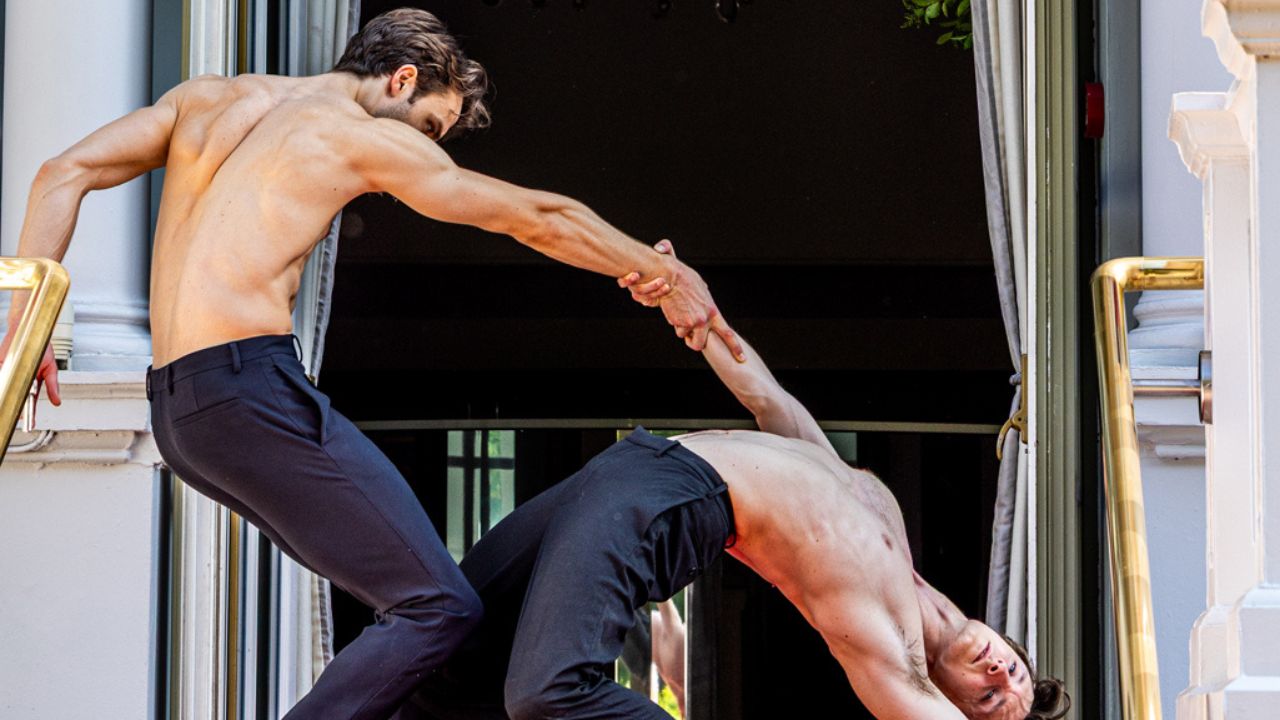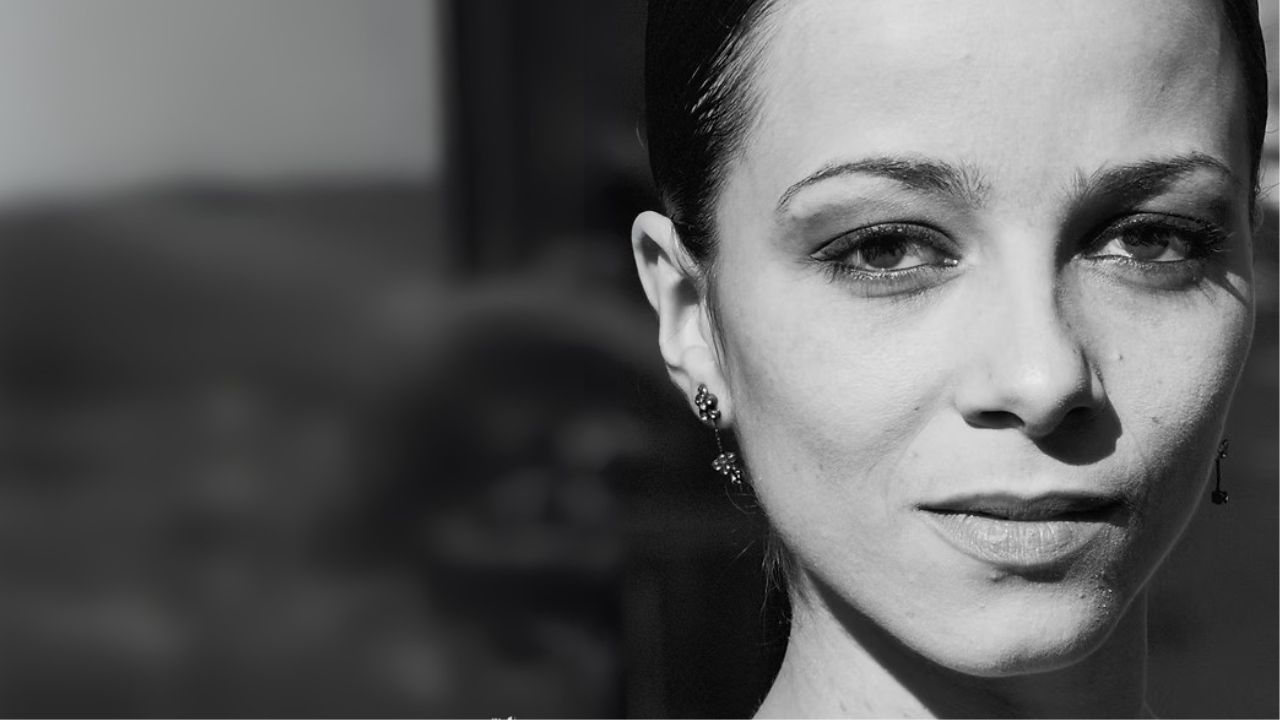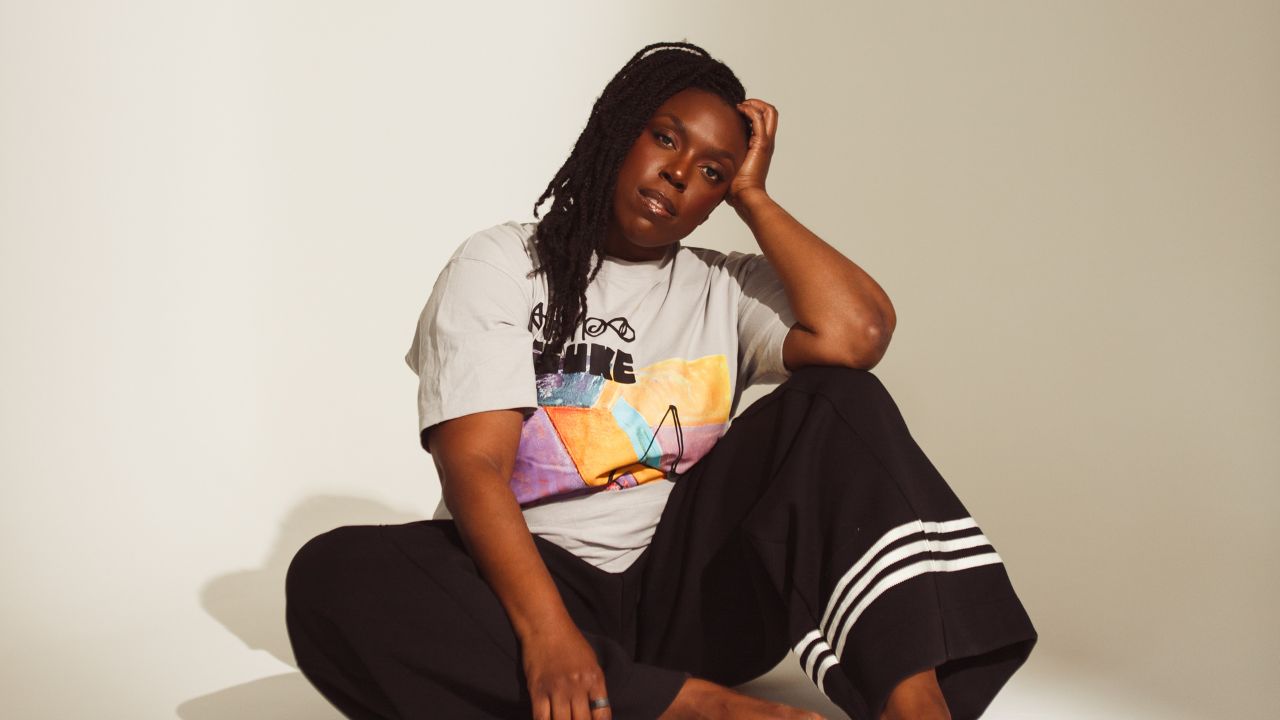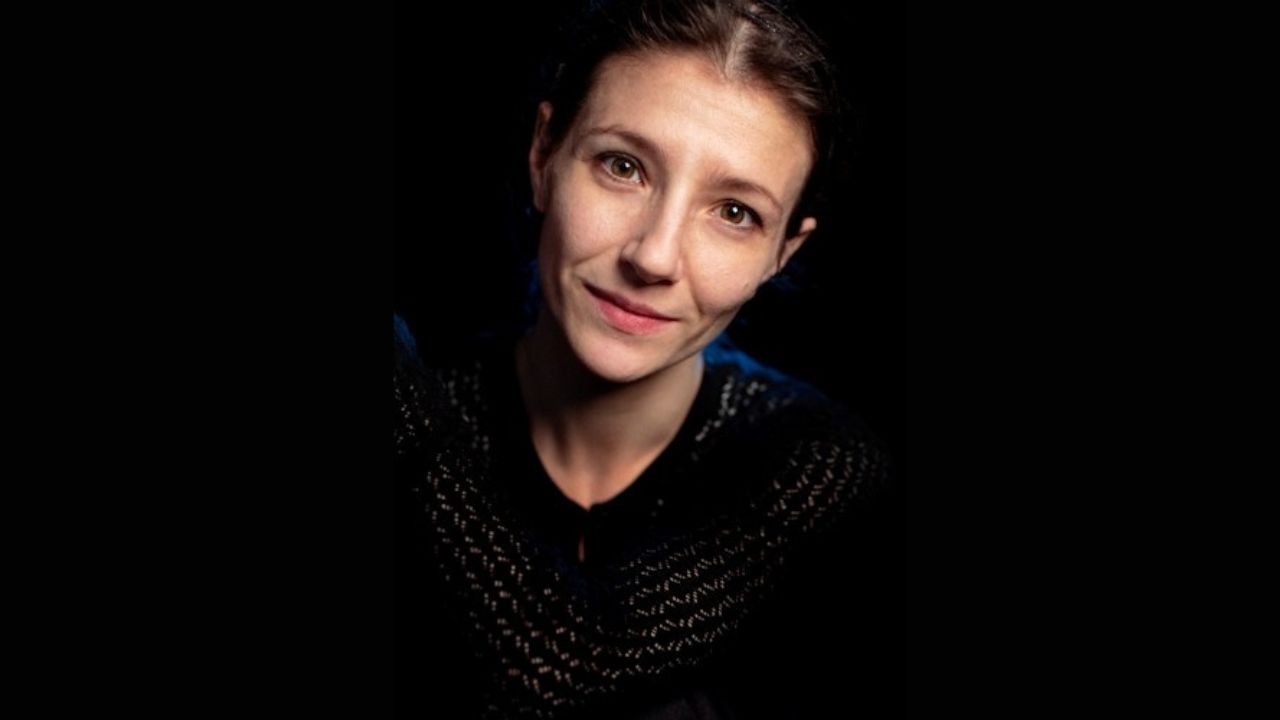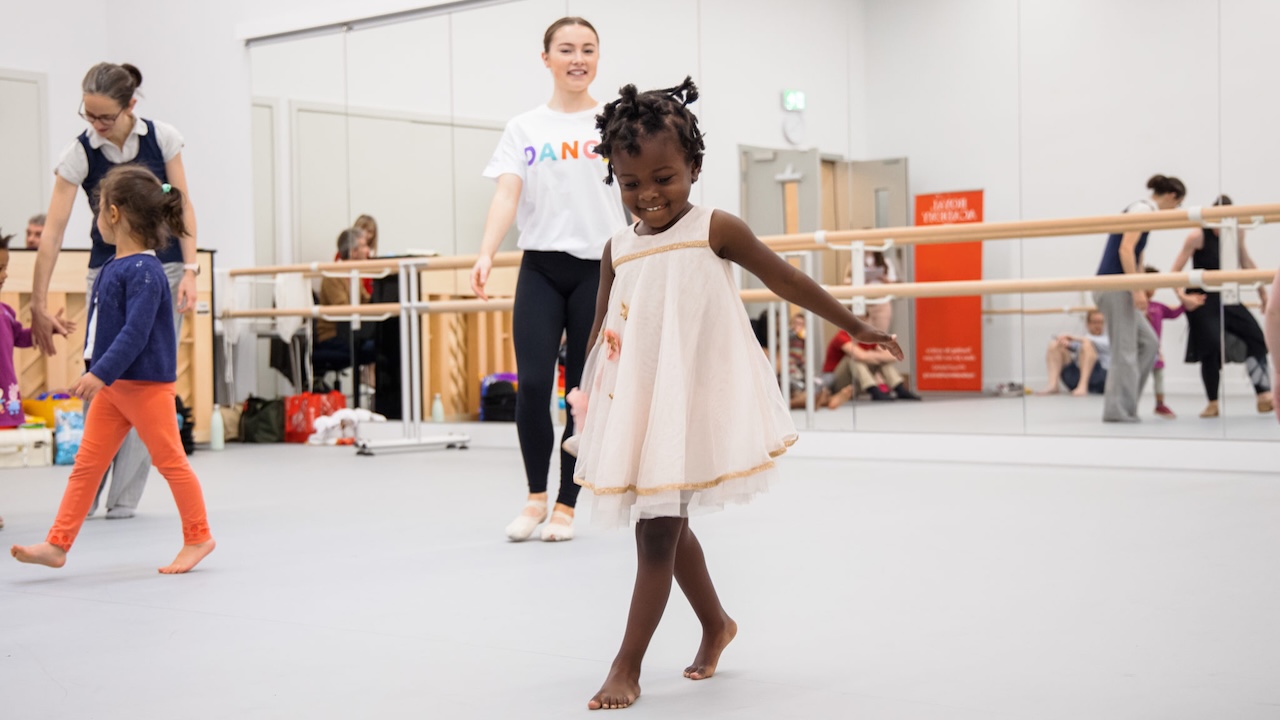Growing up in Sydney, Australia in the early 1990s Rachel Ward was a passionate and committed ballet student, but as she grew older she began to question her place in the rigid world of classical ballet.
‘My dad is African American and mum white Australian. Back in those days it seemed to be very clear who did things in the ballet world and I wasn’t sure where I fitted,’ Ward says.
Nevertheless she persisted, and three decades on her dedication and commitment to helping others find their feet in dance through teaching, while advocating for the physical and mental benefits of ballet, have paid off. In May Ward won the RAD’s Dance for Wellbeing Award, a prize that took Ward completely by surprise.
It’s welcome recognition for Ward, who started dancing aged eight when she began learning ballet through her local RAD-affiliated school. She continued dancing throughout high school, deferring her university course to study ballet full-time at the Tanya Pearson Academy in Sydney before moving to Melbourne and adding musical theatre to her repertoire.
It was here her uncertainty set in, so she moved to New York for an intensive course at what was then the Alvin Ailey American Dance Center (today the Ailey School), ultimately staying for several years and occasionally performing with the company. ‘I learnt techniques I wasn’t exposed to in Australia – Horton, Dunham, Graham,’ she says. ‘It opened up my world of dance and was also a way to connect with my African American heritage.’
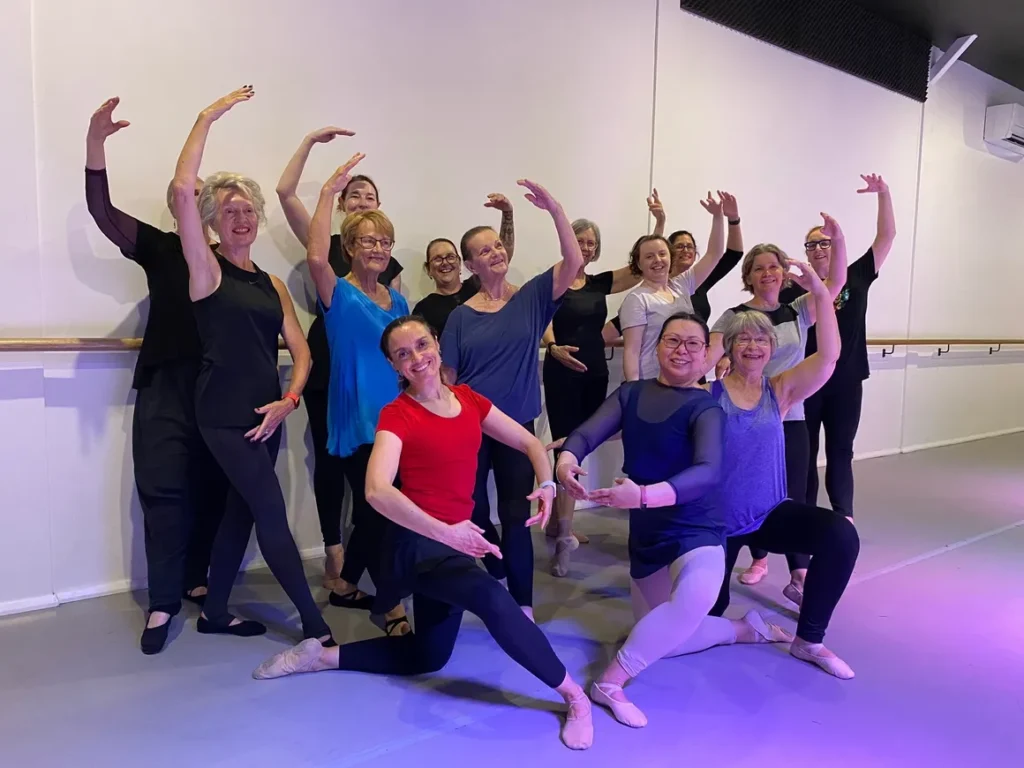
‘Ailey training opened up my world of dance and connected with my African American heritage’
An injury and the complicated US healthcare system ultimately prompted her to move back to Sydney where she gave up dance and threw herself into university: ‘I felt my dancing was over.’ A Bachelor of Medical Science rolled into a Masters in Biomedical Engineering, during which Ward began taking classes at Sydney Dance Company and rediscovered her love of dancing. She was cast in the Really Useful Group’s production of Cats, touring Korea, before joining The Lion King in Melbourne and Shanghai. ‘Cats is hard core but an amazing experience, you’re in one unitard and on stage for three hours,’ she says. ‘The Lion King was completely different – millions of costume changes.’
A self-confessed academic diehard, Ward returned to university to undertake a PhD on the biomechanics of ballet, with a focus on professional dancers. She also became an RAD registered teacher and supervisor, and a Silver Swans Licensee not long after. Launched in 2017, the Silver Swans programme is designed for both complete newcomers and students rediscovering dance and is specifically tailored to over-55s.
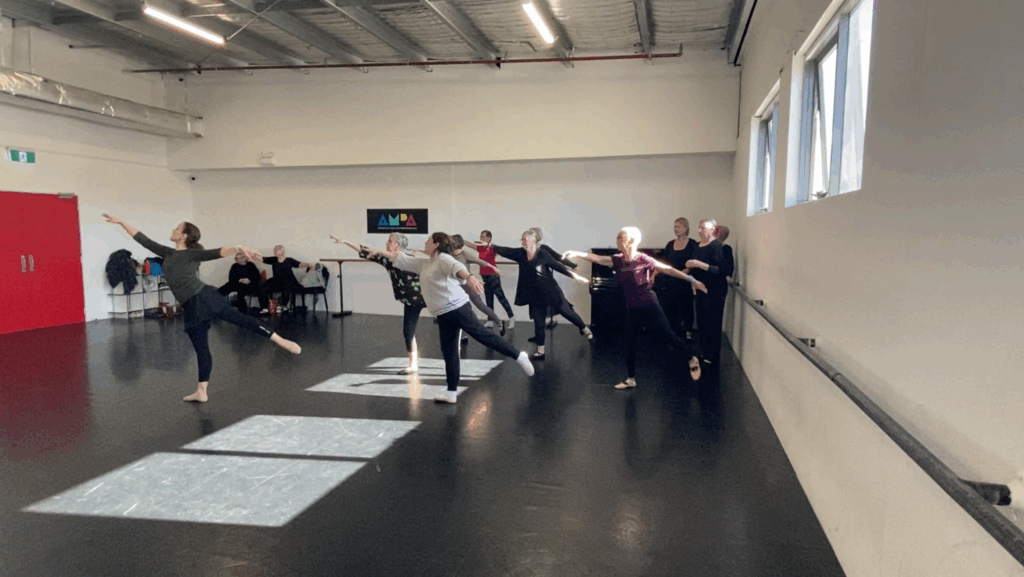
‘I’d never enjoyed traditional exercise but I’d always liked ballet’
Ward also began a new research project looking at the effects of ballet on older adults. ‘I’d never been someone who likes traditional exercise but I’d always liked ballet – and for people who also don’t like going to the gym, I thought it would be interesting to look at whether modified ballet for people over 50 [had similar health benefits],’ she says.
She ran a 12-week study with the University of NSW for a group of over-50s who took part in a weekly ballet class during which Ward measured their balance, range of motion, strength and overall physical activity, finding across the board improvements in lower limb strength and balance. The class proved so popular that when the research project finished Ward’s students asked to continue, so she founded Reward Dance, dedicated to teaching older adults. She resumed weekly classes, later specialising in classes tailored to people of any age who have experienced breast cancer, her so-called ‘Pink Swans’. She has published a research paper looking at the positive effect of ballet on breast cancer survivors. ‘That’s how it all happened, in 2018, and it’s still going today,’ she says.
It is a crisp winter morning in Sydney but inside the inner-city dance studio sunshine floods the room as 15 Silver and Pink Swans arrive and begin shedding hats, scarves and boots and replacing them with ballet flats ahead of their weekly class. They range in age from 84 down and represent professions as diverse as lawyer, architect and go-go dance teacher. The mood is warm and amiable, made more so when Ward steps into the room and takes her place at the front. They begin with calf raises, knee bends and pliés and it’s remarkable how agile the group is, not to mention their balance and obvious core strength.
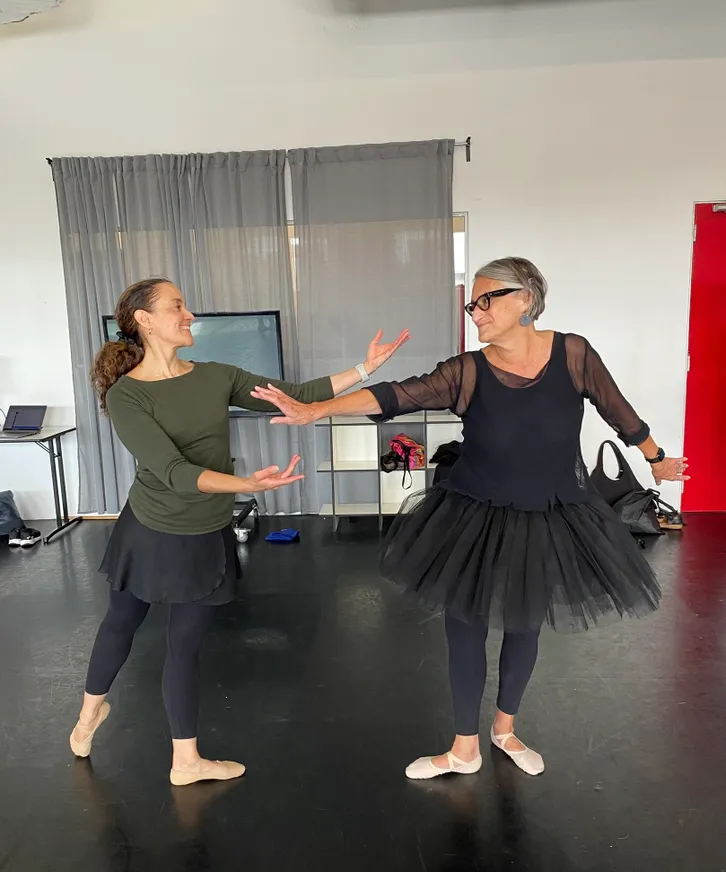
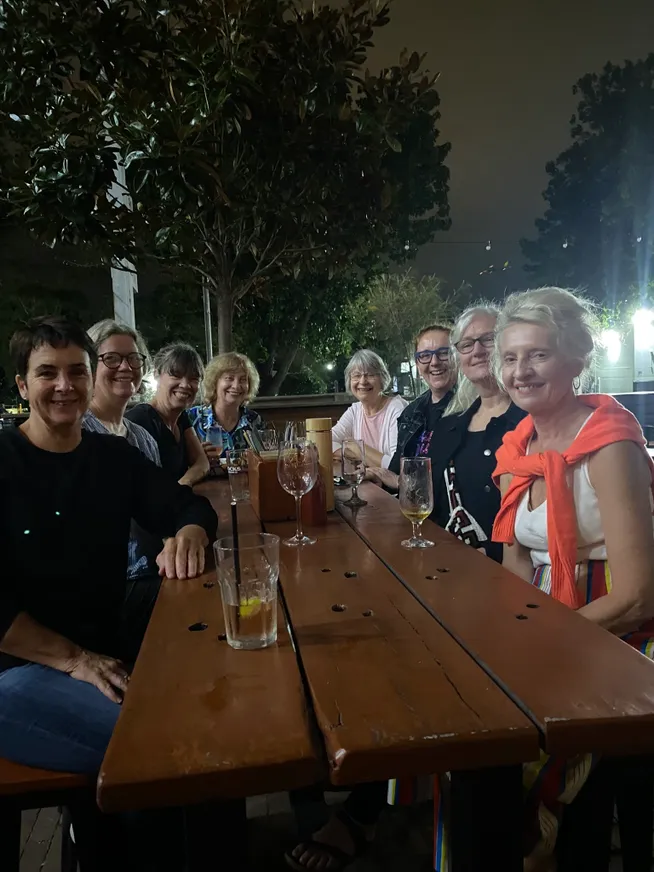
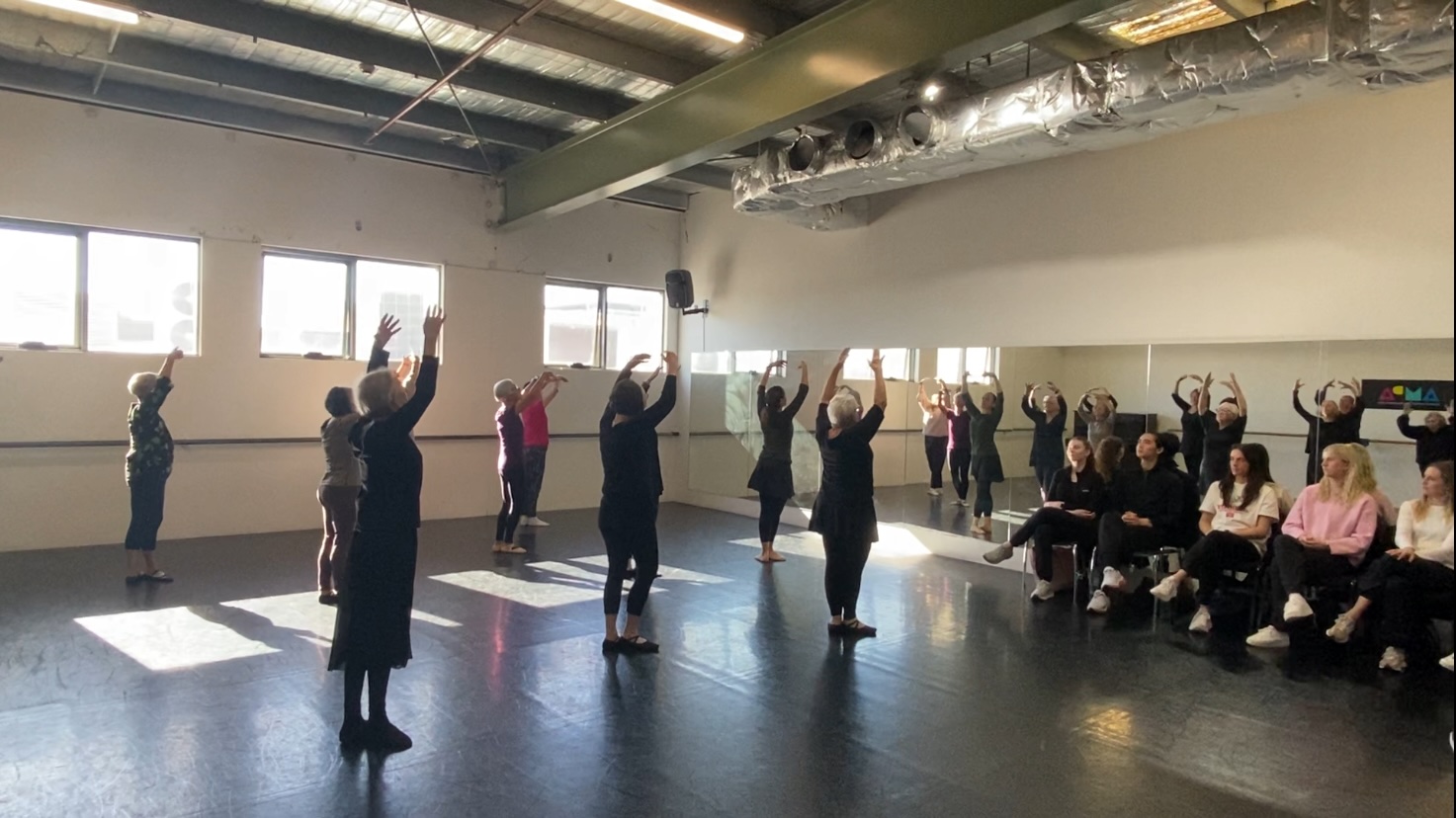
Ward is of course well across the myriad physical benefits of ballet for the older body, when muscle size decreases and balance becomes impeded, making risk of falling higher and continual movement increasingly important. As well as improved agility and range of motion, she is a big believer in the motivation that ballet provides the older student. ‘There’s more to it than just the physical aspect,’ she says. ‘Artistry, emotional expression – and cognitively, you’re remembering sequences of movement and needing spatial awareness. That constant cognitive challenge is crucial in the older years.’
‘The key driver in Silver Swans is the social connection. This group is really caring’
Still she doesn’t believe that is the most compelling reason her classes are continually well attended: ‘To me the physical, cognition and balance are really a byproduct of the key driver, which is the social connection, being part of a group that has a common interest. This group is really caring – they have a WhatsApp group, they have coffee after class every Wednesday. It’s a key part of what keeps them coming back.’
Not only are they a close-knit group, Ward’s Swans also care deeply for their teacher, as she discovered firsthand when her father recently had a stroke in Holland, leaving Ward distressed and unsure what to do. ‘It’s like I have 60 aunties, they really care about me,’ Ward says, becoming teary. ‘They always ask after me and my partner Patrick. It truly goes both ways, which I love.’
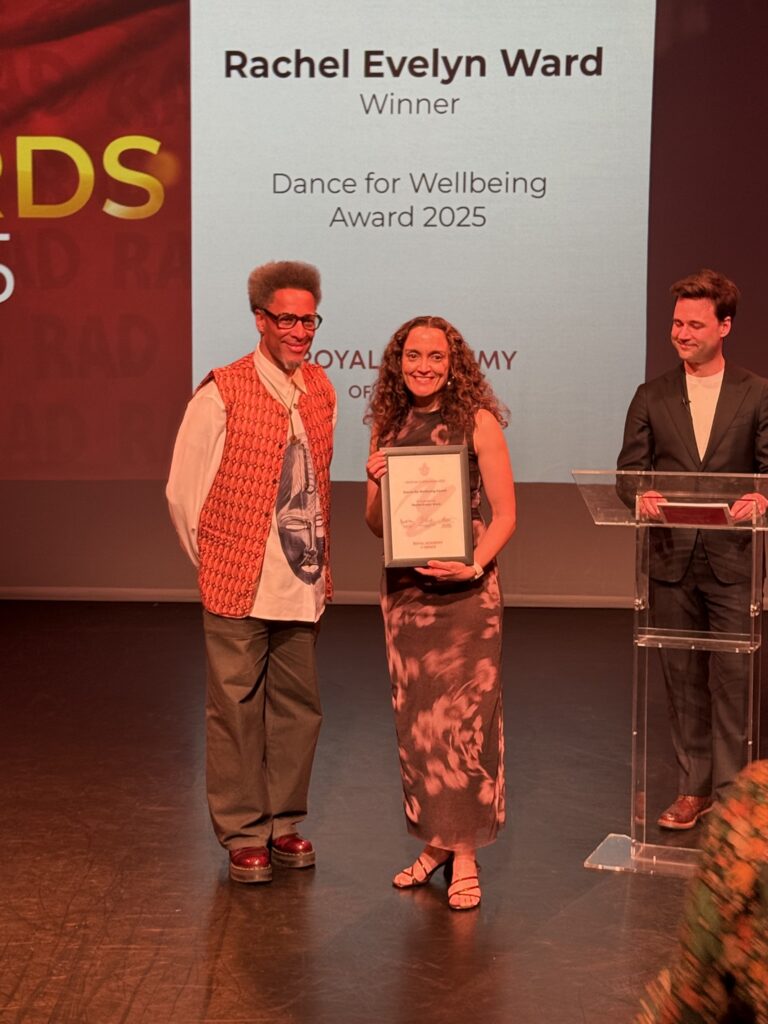
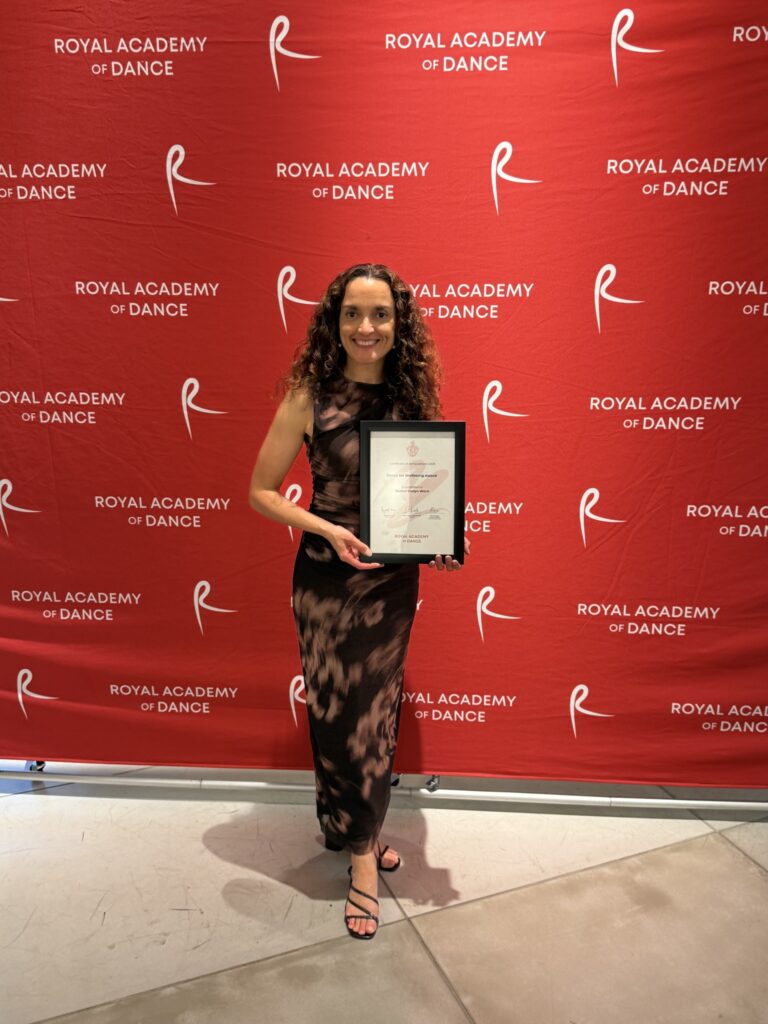
Little wonder the students quietly nominated Ward for the RAD’s Dance for Wellbeing Award. Ward was in London for the ceremony earlier this year after visiting her father, with no knowledge of the outcome. ‘They’d shortlisted four people and I won the award!’ she exclaims. ‘Angela Rippon [an RAD Silver Swans ambassador] was there, Patrick was there, it was amazing.’
Since returning from Europe, Ward has jumped back into dance, focusing on partnering with breast cancer organisations to provide evidence-based research through Macquarie University, highlighting dance as a valid healthcare option. She is also taking an academic approach to quantifying physiological benefits of dance classes for older adults and whether they meet physical activity guidelines.
‘I’ve had the most beautiful testimonials from my Silver and Pink Swans, who say ballet has given them a new feeling of femininity and helped them feel successful again,’ she says. ‘Obviously there are physical benefits but there are many other beautiful benefits you get too.’
RESOURCES
Jane Albert, an author and journalist specialising in the arts, is a regular contributor to The Australian, Good Weekend, Limelight and 10 Magazine, among others.

